There’s nothing better than possessing a piece of jewelry that is not only beautiful to look at but that also carries great significance. Some of GURHAN’s most sought-after-creations come from his antiquities collection, which draw largely upon the custom of the Grand Tour, a practice whereby noble Englishmen travelled to Italy and France to study art and architecture.
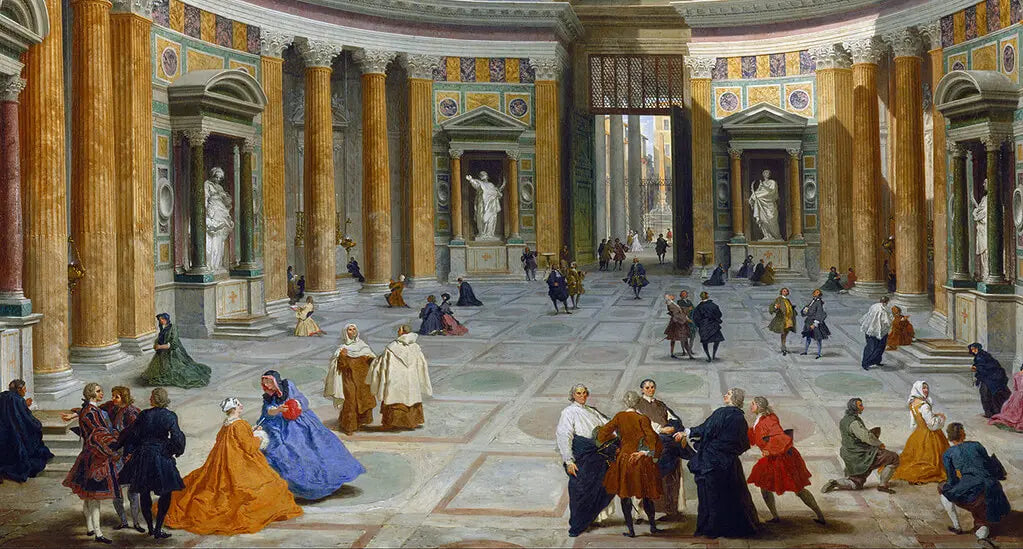
What is The Grand Tour?

The Grand Tour was the coming-of-age custom that British aristocrats embarked upon during the 17th and 18th centuries. The Tour was an essential part of education for British men to enter the upper ranks of society. It allowed these students to finish their education and refine their artistic sensibilities, and provided the pursuit of the finest art, architecture, and designs.
This rite-of-passage enabled aristocrats to acquire valuable mementos particularly from the Renaissance period and that were extremely important throughout mainland Europe. Their souvenirs served as status symbols. Accompanied with a tutor, these “students” finessed their understanding of classical principals including order and harmony. A Tour could last anywhere from a few months to several years.
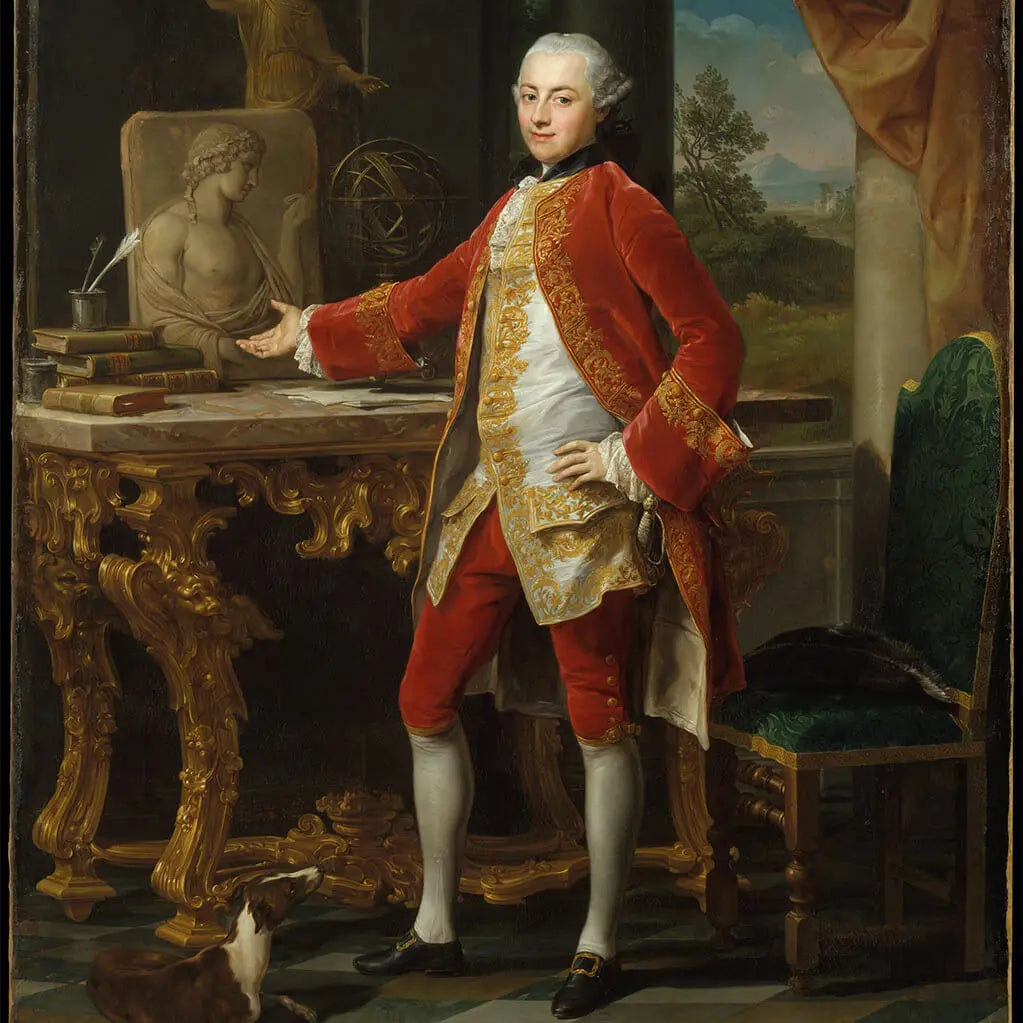
The Grand Tour history is most significant in that it paved the way for tourism and leisure travel, extending beyond military and trade. It helped sculpt the importance of culture, architecture, social and political customs and expanded the value that was placed on art and travel.
Gurhan is an avid collector of antiquities and antiques. Today, GURHAN captures a piece of the Tour in the antiquities collection, which includes lava cameos and micromosaics. Both of these mediums were extremely important works that featured largely in a Tour traveler’s education. These art forms were prevalent in antiquity and could include images of spectacular Italian landmarks as well as landscapes, birds, flowers and insects. Acquiring one of these artifacts symbolized status.
Lava cameos, often associated with brooches, derive their name from the material from which they are formed, most notably lava rock that settled over the ancient ruins of Pompeii. The material was easy to carve into allowing for depth in design and realistic of artists who lived in that period such as Dante, Michelangelo, Marie Antoinette, Shakespeare and even the goddess Athena. Returning from a Tour with such a cameo flaunted one’s wealth. The pendant necklace with lava cameo is a breathtaking yet elegant example of this marriage of antiquity and present day.
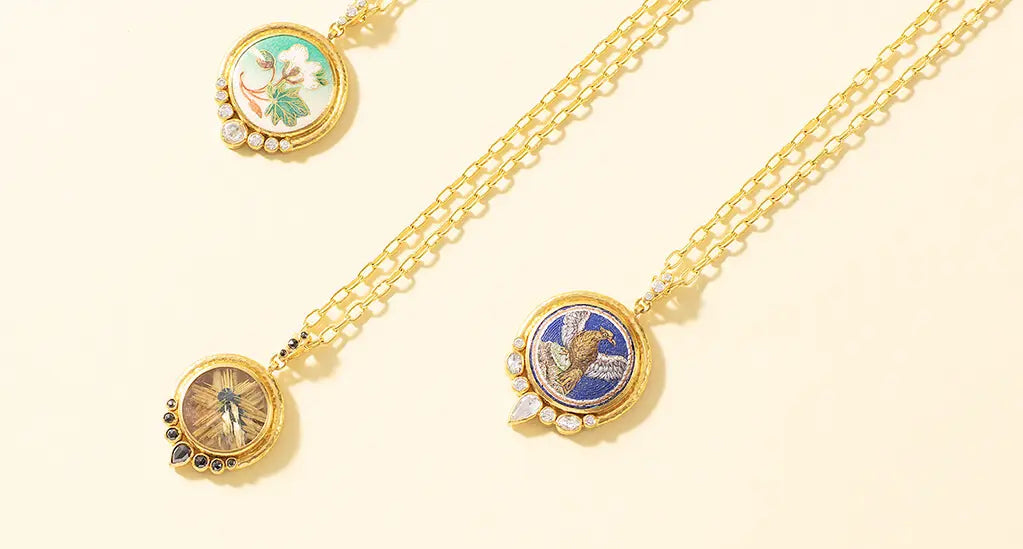
Micromosaics, which look like small-scale paintings, are another nod to the Tour. Created from tiny opaque glass fragments that together form a portrait or design, micromosaics were frequently made into small oval or circular panels and worn as jewelry. The demand for these ornaments grew and served as an important part of the Grand Tour art history. Many travelers on a Tour wanted to bring back a micromosaic as a memento. Subjects of the pieces included flowers, animals, and Italian peasant life. These depictions often were references to contemporary landscapes and paintings. GURHAN captures this in the gold pendant necklace with flower and bird micro mosaic.
Shop GURHAN’s exquisite antiquities collection HERE.

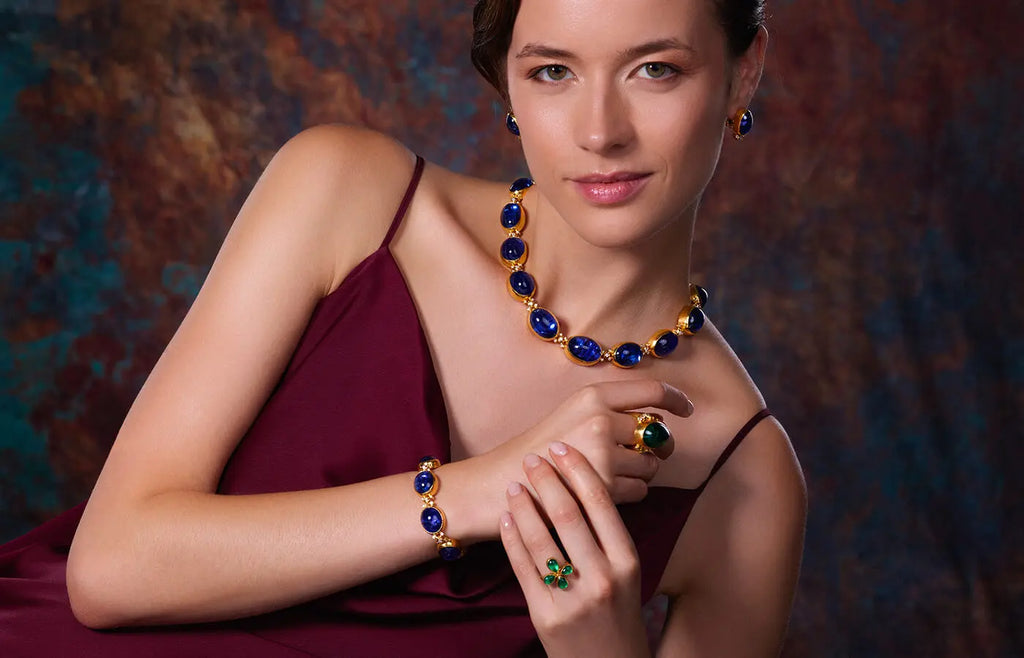
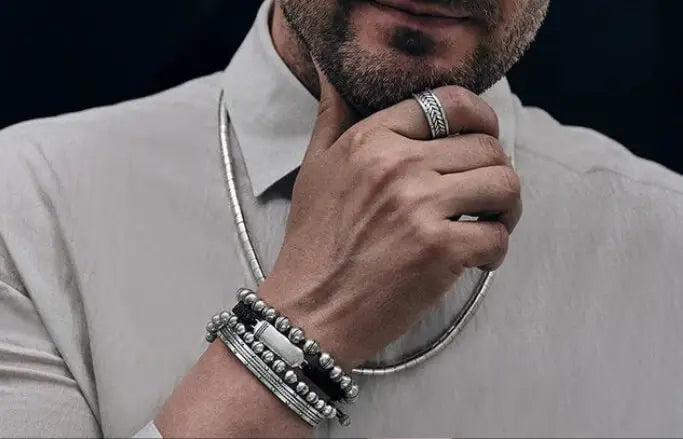


 GURHAN ANTIQUITIES GOLD ROUND PENDANT NECKLACE, WIDE FRAME, WITH LAVA CAMEO
GURHAN ANTIQUITIES GOLD ROUND PENDANT NECKLACE, WIDE FRAME, WITH LAVA CAMEO GURHAN ANTIQUITIES GOLD DROP EARRINGS, OVAL POST TOP, WITH COIN
GURHAN ANTIQUITIES GOLD DROP EARRINGS, OVAL POST TOP, WITH COIN GURHAN ANTIQUITIES GOLD PENDANT NECKLACE, 19X17MM FAN SHAPE, WITH BRONZE, EMERALD AND DIAMOND
GURHAN ANTIQUITIES GOLD PENDANT NECKLACE, 19X17MM FAN SHAPE, WITH BRONZE, EMERALD AND DIAMOND GURHAN ANTIQUITIES GOLD SINGLE DROP EARRINGS, 20MM ROUND, WIDE FRAME ON WIRE HOOK, WITH COIN AND DIAMOND
GURHAN ANTIQUITIES GOLD SINGLE DROP EARRINGS, 20MM ROUND, WIDE FRAME ON WIRE HOOK, WITH COIN AND DIAMOND
Comments
Anonymous said:
Extraordinary!
March 14, 2023